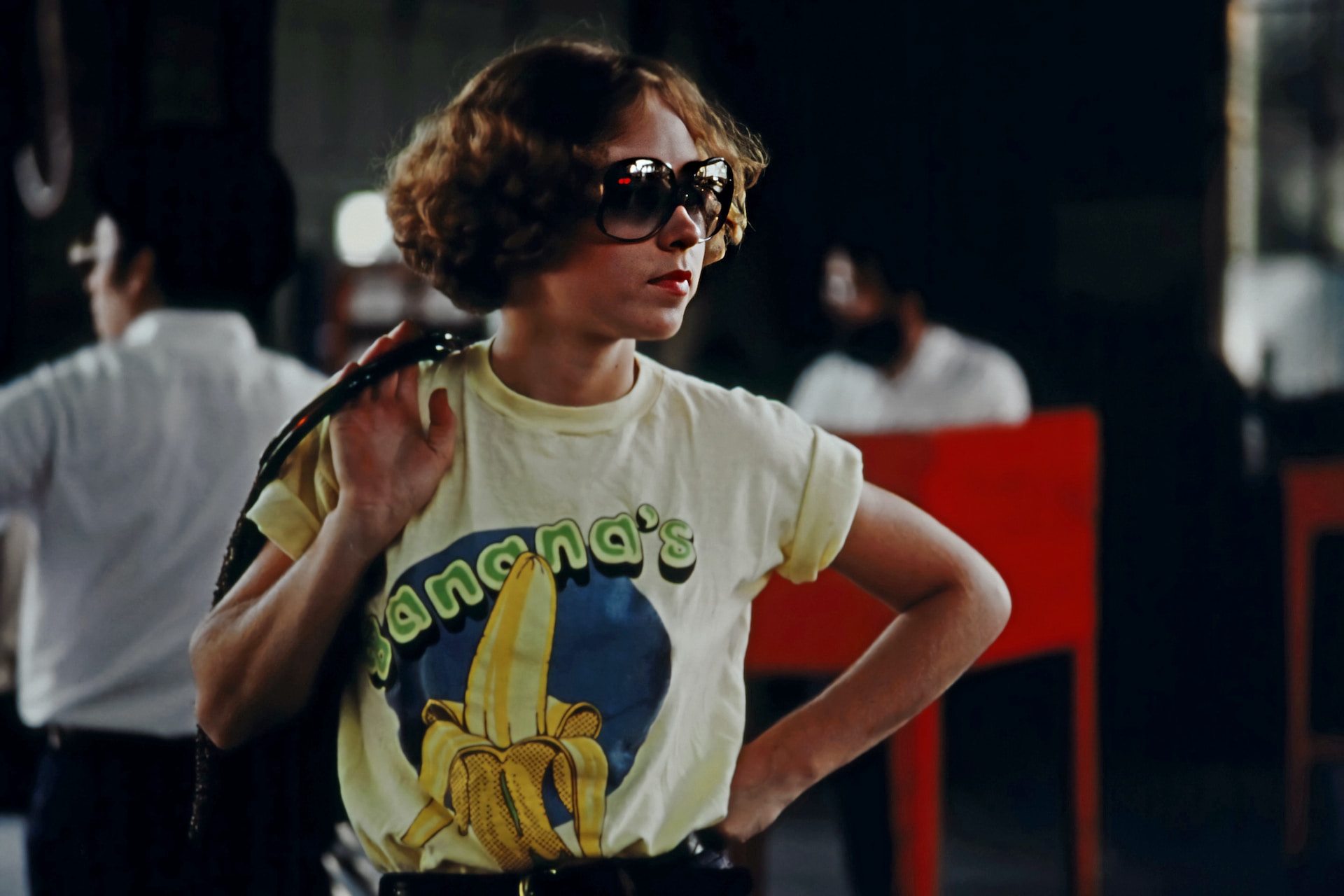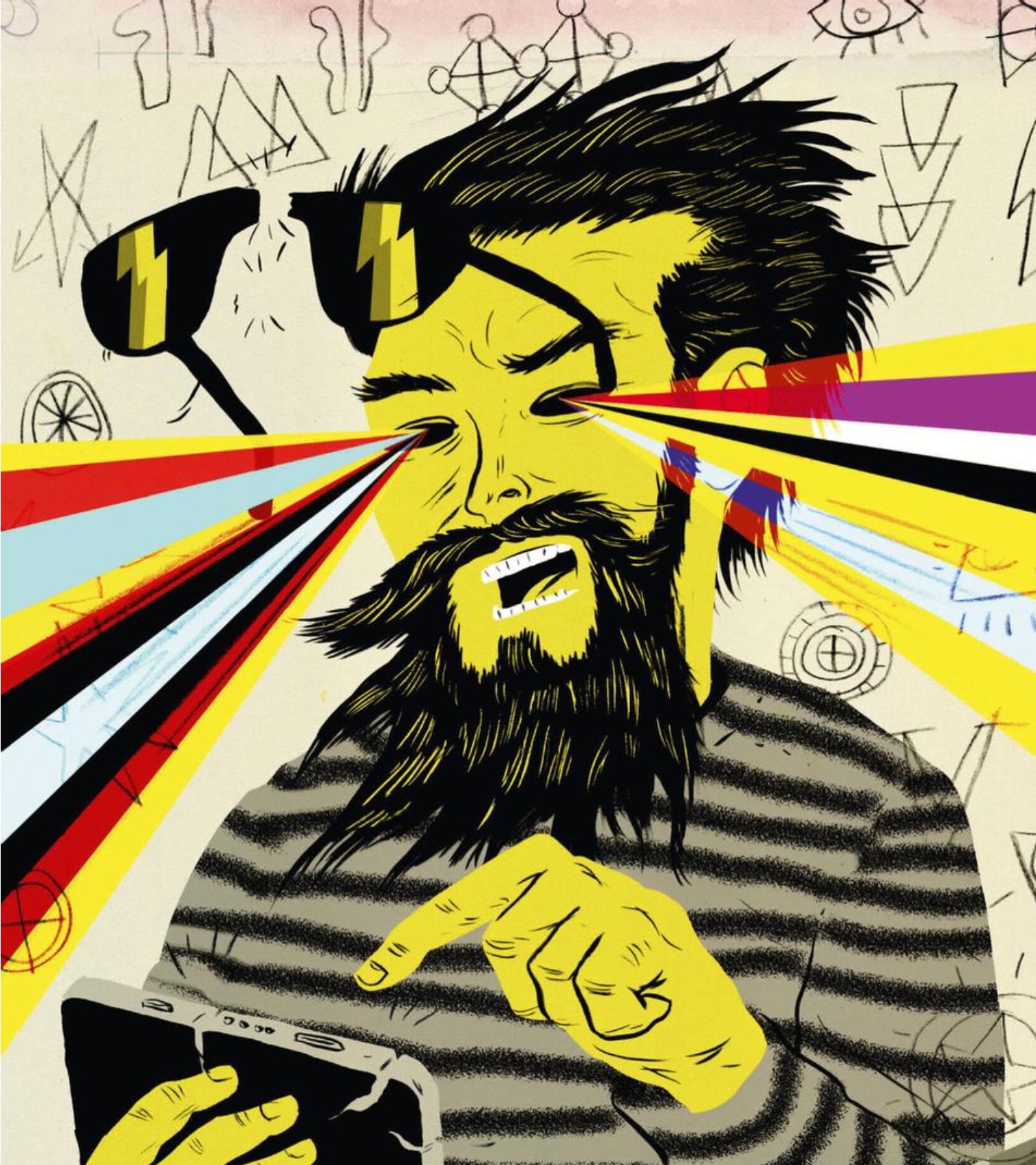Graphic t-shirts have become an iconic and versatile staple of modern fashion. With their roots deeply embedded in the cultural and social movements of the 1970s, these wearable canvases have evolved from simple band merchandise to powerful forms of self-expression. Join us as we take a trip down memory lane to explore the fascinating history of graphic t-shirts that emerged during this transformative era.
The 1970s marked a significant turning point in fashion, music, and cultural expression. As the countercultural movement gained momentum, young people began to embrace bold and innovative forms of self-identity, seeking to break free from the conformity of previous generations.
The birth of graphic t-shirts can be traced back to the early ’70s when iconic rock bands such as The Rolling Stones, The Beatles, and Pink Floyd started merchandising their tours and album releases with printed t-shirts. These shirts served not only as promotional items but also as symbols of rebellion and loyalty to the music that defined a generation.
As the decade progressed, graphic t-shirts became more than just band merchandise; they became a canvas for creativity and artistic expression. Pop culture icons like Andy Warhol brought their unique art into the fashion world by creating visually stunning designs that adorned t-shirts. These shirts often featured bold colors, abstract patterns, and famous pop art symbols, capturing the essence of the ’70s artistic movement.
The 1970s was also a time of significant social and political change. Activism was on the rise, and graphic t-shirts became a powerful medium for expressing political opinions and social ideologies. Slogans, protest art, and caricatures of politicians adorned the chests of young people who sought to voice their dissent and push for a better world.
The iconic smiley face, created by graphic designer Harvey Ball in 1963 but popularized in the ’70s, became a symbol of peace and love during a time of political unrest and war protests. This simple yet powerful graphic found its way onto countless t-shirts, signifying the desire for a more peaceful and harmonious society.
The graphic t-shirt trend of the ’70s also gave rise to personalized and custom-designed shirts. Screen printing became a popular technique, allowing individuals to create their own designs or print messages on blank t-shirts. This newfound ability to customize one’s attire allowed people to showcase their personality and individuality, making graphic t-shirts a staple of self-expression and identity.

The impact of pop culture extended beyond music and art; the influence of film and television was also reflected in graphic t-shirts. Iconic movie posters, beloved TV show characters, and quotes from cult films found their way onto t-shirts, immortalizing classic moments in entertainment history.
The 1970s was a decade of change, cultural awakening, and artistic revolution, and graphic t-shirts emerged as a powerful symbol of the era. From humble beginnings as band merchandise, these shirts evolved into blank canvases that bore the marks of artistic expression, political statements, and the spirit of individuality.
Today, graphic t-shirts continue to be a prominent fashion trend, with modern designers drawing inspiration from the 1970s to create fresh and innovative designs. As we celebrate the legacy of the 1970s and its impact on fashion and culture, we can’t help but appreciate how the humble graphic t-shirt transformed into an enduring symbol of creativity and self-expression for generations to come.
Photo by Documerica on Unsplash




